May 06, 2020
How to Reach Gangtok, What to See and Do There

Nikita

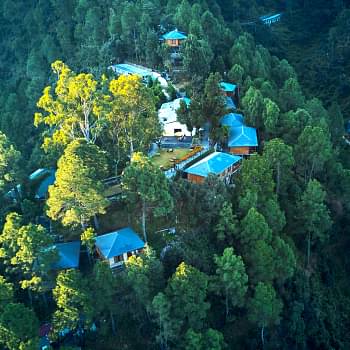
View all
140+
Resorts
May 06, 2020

Nikita
One of the most beautiful places to visit in India, Gangtok is also one of the stunners of the North East region. Do you want to know more about and how to reach Gangtok, then read on!
Gangtok, the serene capital of Sikkim, is renowned for its vibrant tapestry of cultures. Nestled amidst the majestic Himalayas, it boasts of one of the largest Buddhist communities in India, alongside Indian Gorkhas, Lepchas, and Bhutias, all harmoniously coexisting.
This stunning place attracts a lot of visitors special during the March to May as this is known to be the best time to visit Gangtok. Also with so many visitors visiting every year reaching Gangtok is a breeze via air, rail or road.
There are a number of ways to know how to reach Gangtok. Try any of these options:

If you want to know how to reach Gangtok by flight, then you will have to alight at the nearest airport to Gangtok that is the Bagdogra Airport in West Bengal. From Bagdogra Airport to Gangtok you can hire a TSA helicopter and reach in 20 minutes. There are other options like in taxis and private cars from Bagdogra to Gangtok. You can make the drive in a couple of hours, twisting around mountains with the River Teesta by your side.
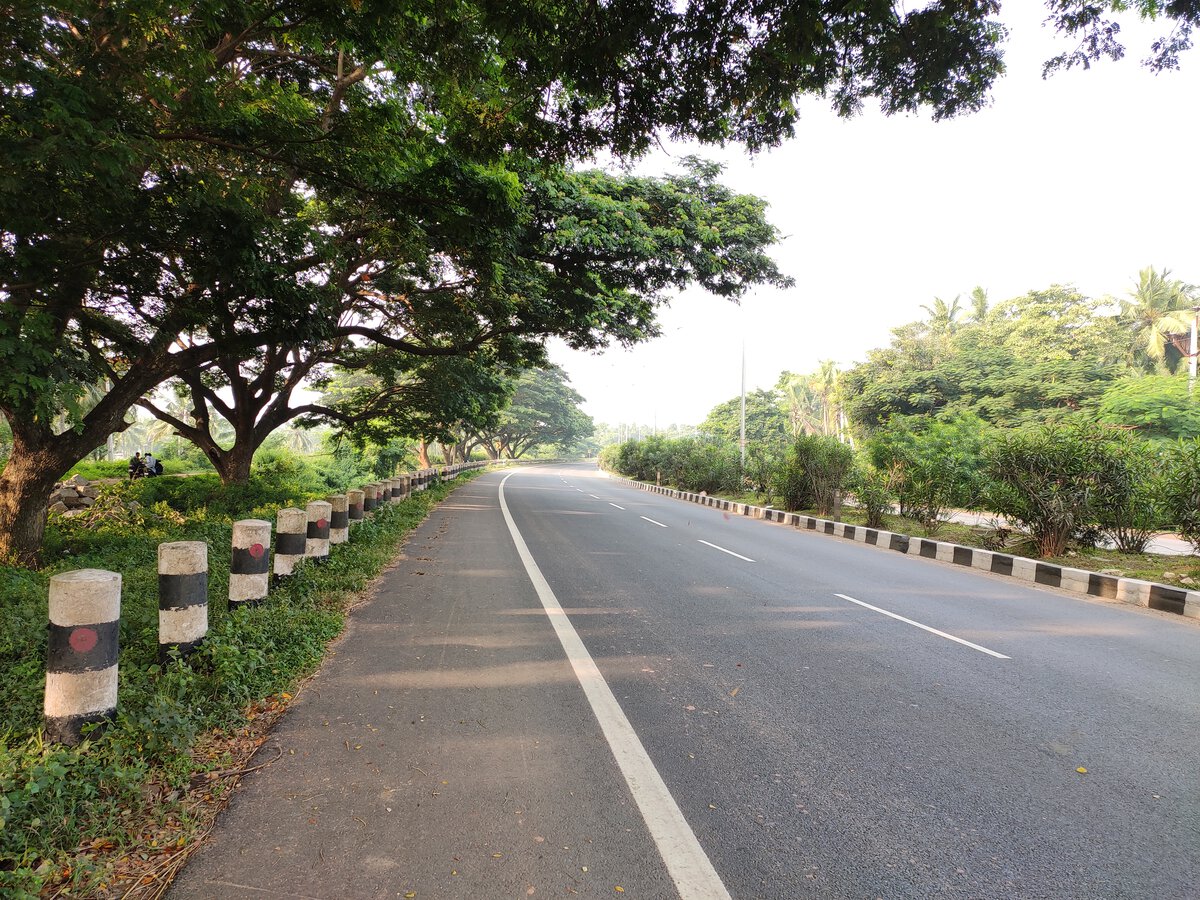
If you are planning to reach Gangtok by road then you can go by your own car or bus from cities like Kolkata, Kalimpong, Darjeeling or Siliguri. The drive is a beautiful one and the road is small but pretty. Consult a tourism guide or local guide to know how to reach Gangtok and also be careful about driving in the monsoon season. The roads are not in bad condition, but they are not in an excellent state either. There are many disruptions on the road due to cave-ins and landslides.
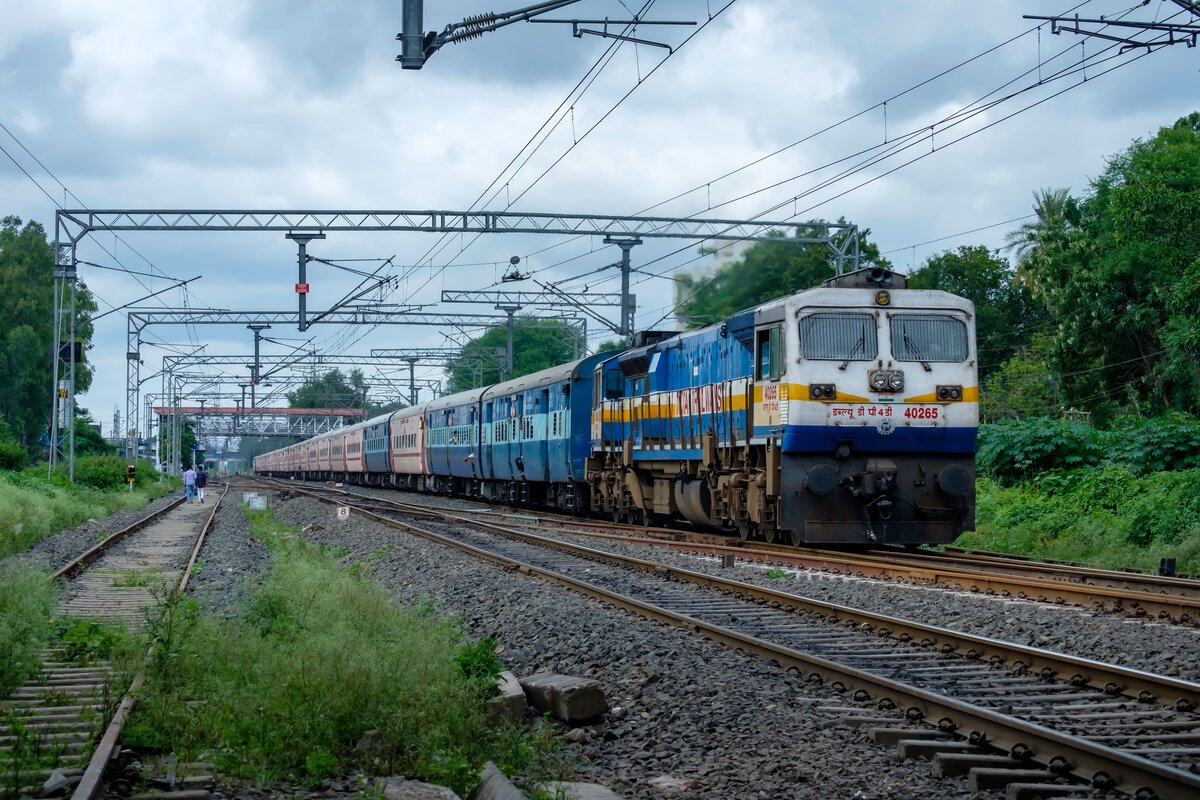
The nearest railway station to Gangtok is New Jalpaiguri station in Siliguri. It is located about 148 km away from Gangtok, which means that once you alight at the station, you will have a long drive ahead of you to reach your destination. You can take a taxi or a State Transport bus from New Jalpaiguri or Siliguri Bus Station. The advantage of this station is that it is well connected to a number of ordinary and Express trains, most of them coming from Delhi and Kolkata.
Also Read: Best Places to Visit in Gangtok | Gangtok Tourist Places
The best time to visit Gangtok is March to May. Further we give you a season-wise breakdown, for the best time to make your Gangtok holiday:
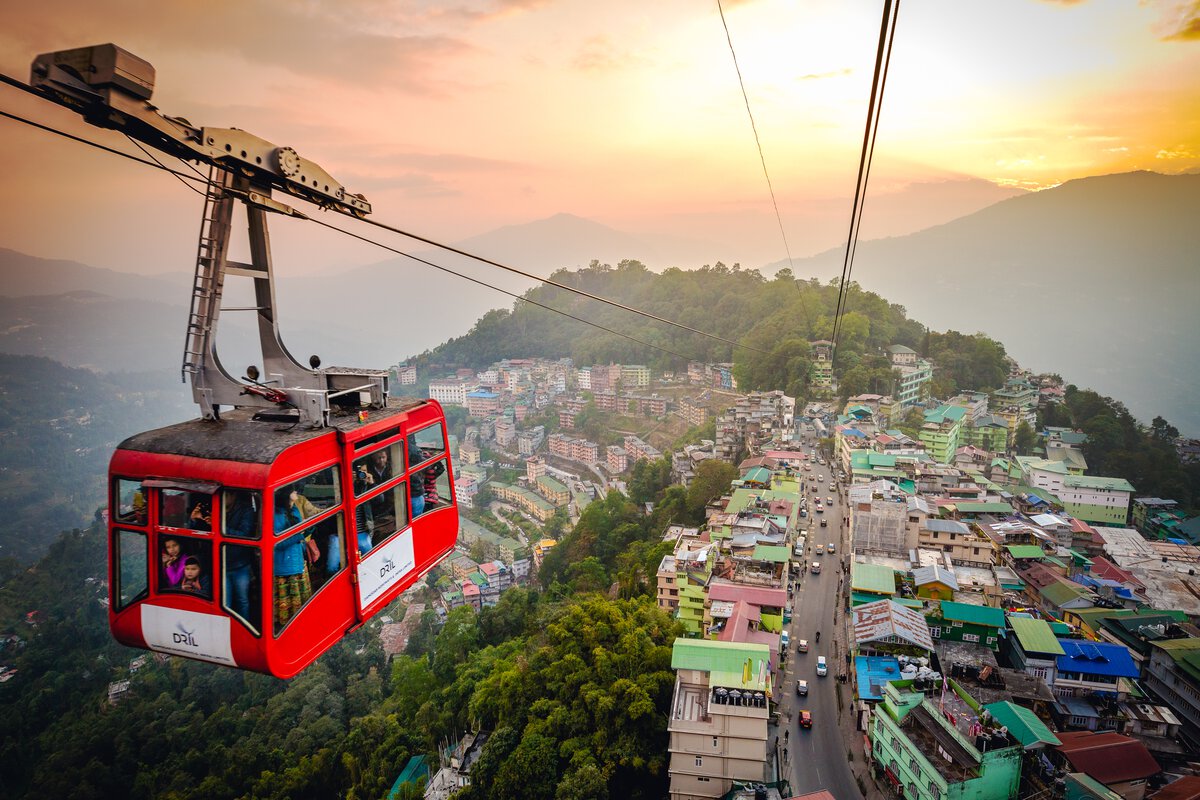
The summer season starts in April and lasts till end of June. It is the tourist season for Gangtok. The day time temperatures can range from 18⁰C to 25⁰C, with slightly warmer days seen during the month of May. The night time temperatures can dip sharply, so bundle up and light up a campfire! Despite this being the summer season in these parts, it is a welcome respite from the blazing hot summer elsewhere in the country.
Since most tourists visit during this time, you can enjoy shopping, eating out at some of the best restaurants in Gangtok, and also indulge in many adventure activities. There are also some cultural events taking place during this time, which a Gangtok tourism guide can tell you about.
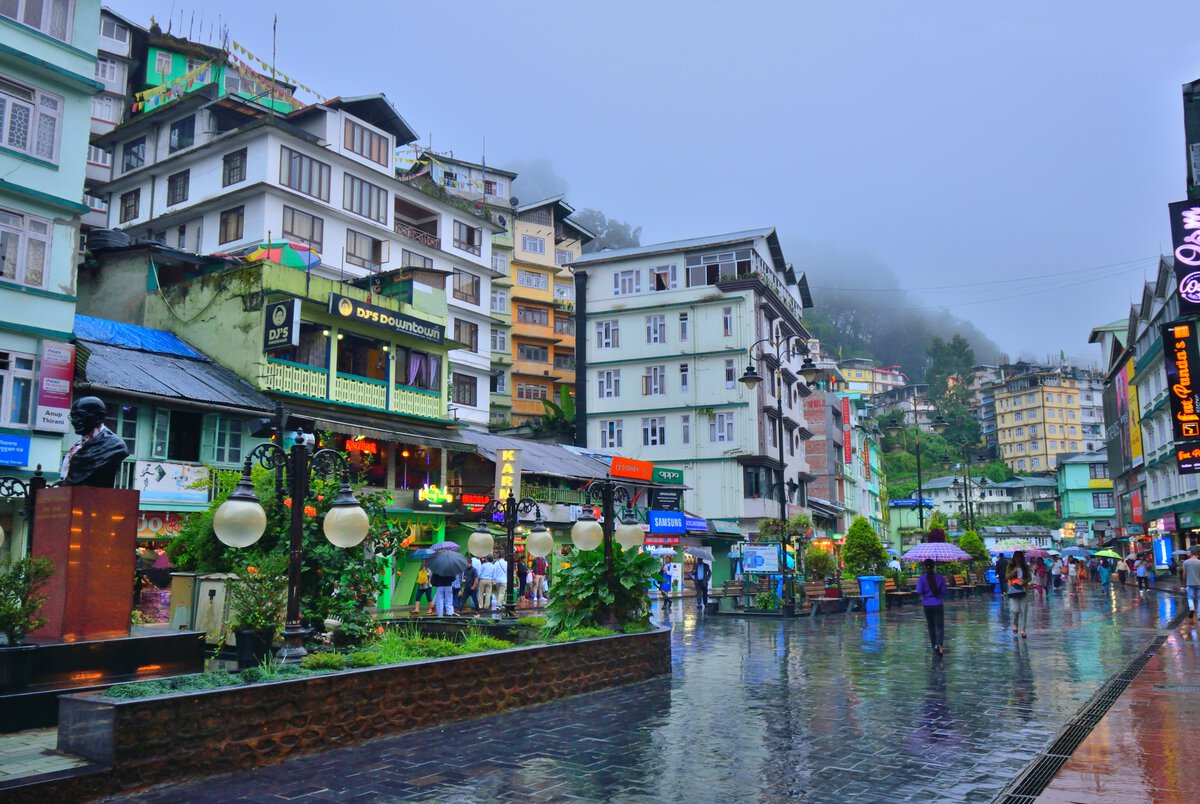
The monsoon season starts in earnest in the month of July, and often lasts till the end of September. The rainfall is quite intense and chilly in these parts, so this might not be the best time to visit if you don’t like walking about in the heavy rain, or if you and/or a family member suffer from rheumatism or Athlete’s Foot, for example. With the monsoon season, roadblocks, landslides and foggy rainfall are all expected in Gangtok. But the city becomes lush and green during this time, and the valleys and hills are freshly bathed and pleasing to the eye.
If you must visit during this time, then be sure to stay away from risky areas listed (ask your resort for more information on these) and wear rubber soled boots when walking outdoors. Also, do not stay out after dark if you don’t have transport to take you back to your Gangtok resort.
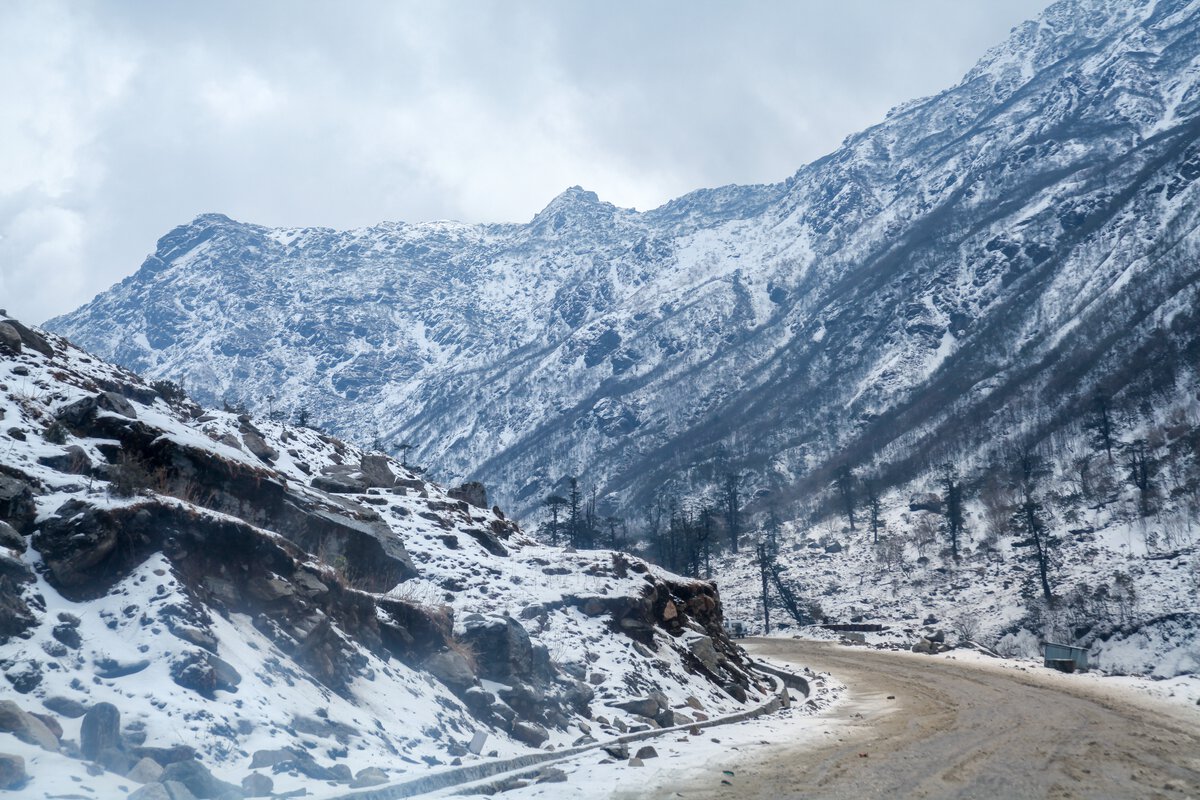
The winter season lasts from the month of October to March here. It is one of chilly winds and frost in Gangtok – for our money, this is not the right time to visit this city if you have young or old people in the group. The cold weather is quite unfriendly, and the frost might make you ill. But the upside is that the peaks and mountains become snowy and beautiful during this time. You can also play in the snow with your family! There are a few cultural events celebrated in the monasteries here during this time, and the general public is allowed to visit these and celebrate as well. If you must visit during this season, make sure to carry a lot of warm under- and over-clothing, apart from rubber soled boots and a stout walking stick. Also have a lot of hot toddy or ginger tea to keep yourself hydrated and protected from the effects of the cold weather.
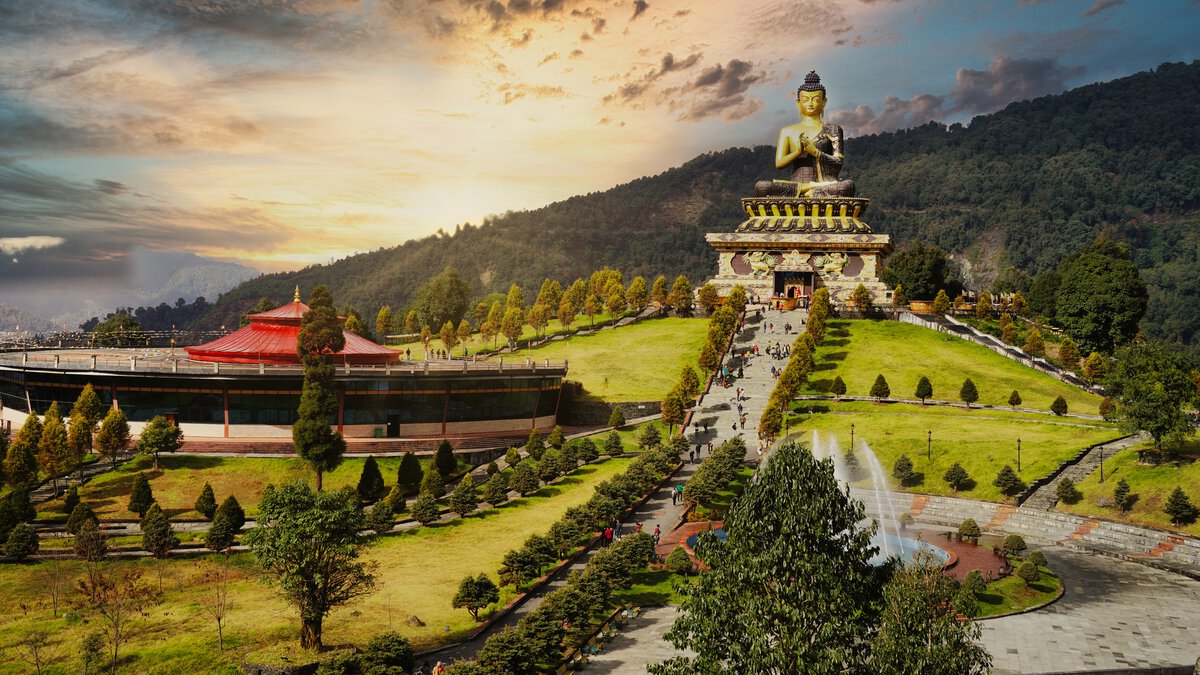
Steeped in history, Gangtok was once under the rule of Tibetan elites until the 18th century. However, today it stands as a beacon of tranquility and safety, inviting tourists from far and wide to explore its rich heritage and breathtaking vistas.
Beyond its scenic beauty lies an allure for adventurers and trekkers, drawn to its lofty Himalayan perch and invigorating climate. Tourism thrives as Gangtok's primary economic driver, supported by the warm hospitality of its residents, ensuring a memorable experience for all who visit.
In Gangtok, every corner tells a tale, every vista a masterpiece. It beckons with promises of discovery, adventure, and the timeless charm of the Himalayas, making it an unforgettable destination for discerning travelers seeking solace amidst nature's grandeur.
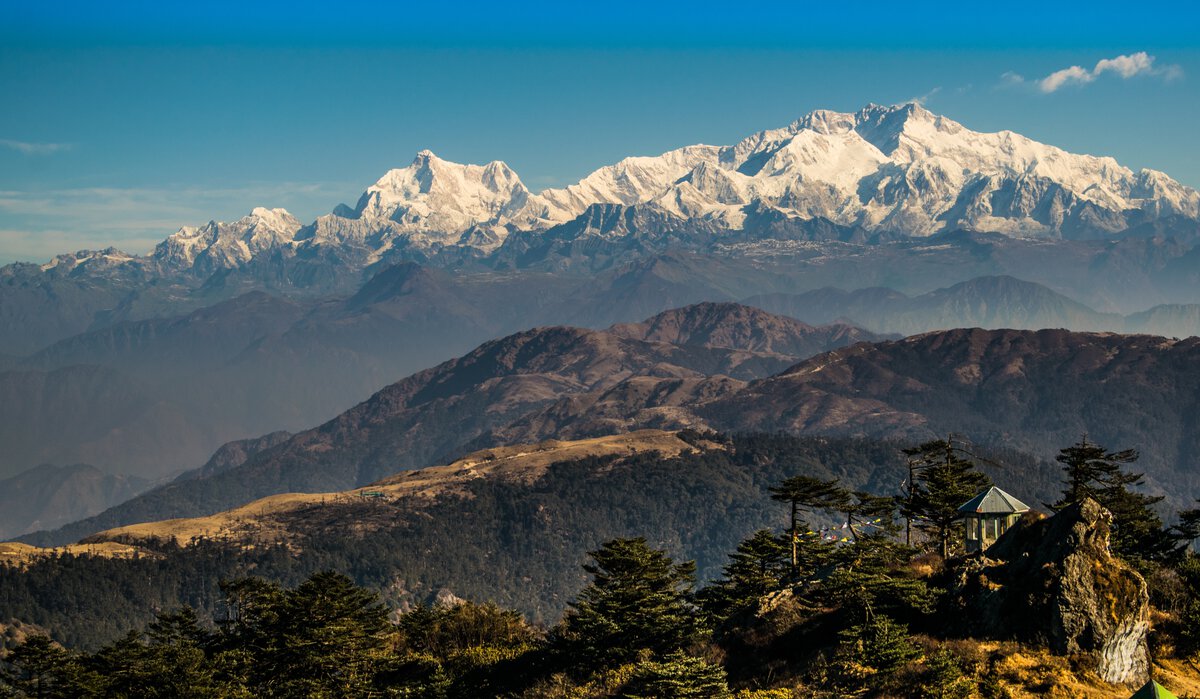
Now that you have an idea about when to visit Gangtok and a bit of the local history, you must start looking up the best tourist spots here. We list a few places to get you started:
It is the highest mountain in India and the third highest mountain in the world, and the good news is that you can visit this majestic peak right here in Gangtok. But do note that it is a bit of a trek till you reach the base camp. The starting point is at Gangtok, but do go with a reliable guide from a reputed tour operator (your resort can help you with this). Go up to the base camp and stop to explore the famous Kanchenjunga National Park. If you want to stay longer, book an overnight camping slot for yourself and your family. Also, going further than the base camp is a job left only for experienced mountaineers.
Phodong Monastery is the cultural and spiritual epicentre of Gangtok, and it dates back to the 18th century. You can see a lot of ancient and historically important sculptures, wall paintings and frescoes furnished in the typical Tibetan style. The exact date of these art works is not yet known. Apart from these, you will like to see the serene monks here going about their daily duties, or taking instruction in the classroom, or even humming in prayer. Take in the majestic mountain side views from the monastery, but be sure to maintain peace and decorum when inside the premises.
You cannot visit Gangtok and not take a tour to Mangan, the small village outside the city limits that also offers many adventure activities for adults. It is an important heritage spot for the area. You will also enjoy thrilling mountain biking or paragliding. But the adventure sports are not for everyone, so find one that suits your temperament and skills. If you want to just enjoy the peace and quiet, you can walk up and down the narrow alleys, admiring the views and stopping for coffee at a little café or restaurant in Gangtok. There are several small monasteries you can visit in this village as well.
This pass is geographically and strategically important, because it connected Sikkim with China’s Tibet Autonomous Region, a disputed area between India and China, in the last century. The Nathula Pass formed part of the famous yesteryear Silk Route between the two countries. Today, people visit it for the stunning views. But do keep your original photo ID proof with you to show if asked. Foreign nationals are not allowed to enter this site. The area is open only to Indian nationals on Wednesday, Thursday, Saturday, and a few Sundays.
If you still want to drink in more of Gangtok’s natural beauty, you should head to Ban Jakhri Falls. This stunning waterfall is located inside the famous Energy Park. The foamy white-water crashes to the ground from a staggering 100 feet above, and is said to have healing powers. There is also a curious superstition or legend associated with the waterfalls: the local residents believe that the spirits that guard this place must never be disturbed, or they will unleash the water on all of the land and wreak havoc instead of healing! Do note that the fall area is closed during most days of winter, but it is open during the summer season.
This pretty lake creates a heavenly backdrop for a daylong picnic with your family. It is a cold lake at an altitude of 12,310 feet above sea level, and its surface is normally icy. The deep blue waters add to the area’s allure, and with the Himalayas in the backdrop, the panorama will surely take your breath away. Leave early in the morning to visit this lake, because it is almost 40 km away from Gangtok. Carry photo ID proofs and a copy of your residential proof because this is a restricted area that allows civilians with documentation. Ask your resort for directions and what to do there once you reach.
Staying at the right accommodation is key to enjoying your vacation in Gangtok. We recommend the Club Mahindra Gangtok Resort. The property overlooks the Chola Mountain range, and offers luxurious rooms in an idyllic setting. You will love the food served at the resort’s restaurant, as well as the spa and every modern comfort that you desire. When you wish to explore the property, do so at will and also step out to take a walk around, or enjoy a trek close by. If you just want to relax at the resort, stay put at the library or go for a swim.
Mahindra Holidays & Resorts India Ltd. (MHRIL), a part of Leisure and Hospitality sector of the Mahindra Group, offers quality family holidays primarily through vacation ownership memberships and brings to the industry values such as reliability, trust and customer satisfaction. Started in 1996, the company's flagship brand ‘Club Mahindra’, today has over 300,000 members , who can holiday at 140+ resorts in India and abroad.
We use cookies to personalise content and to provide you with an improved user experience.By Continuing to browse this site you consent to the use of cookies.Please visit our cookie policy for further details.

Welcome to ClubMahindra.com In order to provide a personalised experience for you, we use cookies to enable some website functionality. Cookies help us see which articles most interest you; allow you to easily share articles on social media channels; permit us to deliver content personalised to your interests and locations; along with many other site benefits. For more information, please review our Cookie Policy
When you visit any website, it may store or retrieve information on your browser, mostly in the form of cookies. This information might be about you, your preferences or your device and is mostly used to make the site work as you expect it to. The information does not usually directly identify you, but it can give you a more personalized web experience. Because we respect your right to privacy, you can choose not to allow some types of cookies. Click on the different category headings to find out more and change our default settings. However, blocking some types of cookies may impact your experience of the site and the services we are able to offer.
Because we respect your right to privacy, you can choose not to allow some types of cookies and you have the right to withdraw your consent by send a mail to email id [email protected]
These cookies are essential in order to enable you to move around the site and use its features, such as accessing secure areas of the site. Without these cookies, services you have asked for cannot be provided.
These cookies allow us to employ data analytics so we can measure and improve the performance of our site and provide more relevant content to you. These cookies don't collect information that identifies a visitor down to an individual level that is available to us. These cookies are not passing personally identifiable information to any external third party other than in limited cases when we engage a service provider to act on our behalf but who is then unable to use the data for their own purposes.
Performance cookies are generally third-party cookies from vendors we work with or who work on our behalf that collect information about your visit and use of the Club Mahindra website, for instance which pages you visit the most often, and if you get error messages from web pages. These cookies don't collect information that identifies a visitor. All information these cookies collect is anonymous and is only used to improve your overall experience on how the website works. Third party vendors may have access to this data and may use it to improve their overall services and offerings.
Functionality cookies allow a site to remember choices you make (such as your user name, language or the region you are in) and provide more enhanced, personal features. These cookies cannot track your browsing activity on other websites. They don't gather any information about you that could be used for advertising or remembering where you've been on the Internet outside our site.
Third-party advertising and social media cookies are used to (1) deliver advertisements more relevant to you and your interests; (2) limit the number of times you see an advertisement; (3) help measure the effectiveness of the advertising campaign; and (4) understand people's behaviour after they view an advertisement. They are usually placed on behalf of advertising networks with the site operator's permission. They remember that you have visited a site and quite often they will be linked to site functionality provided by the other organization. This may impact the content and messages you see on other websites you visit. If you do not allow these cookies you may not be able to use or see certain these sharing tools content on our website.